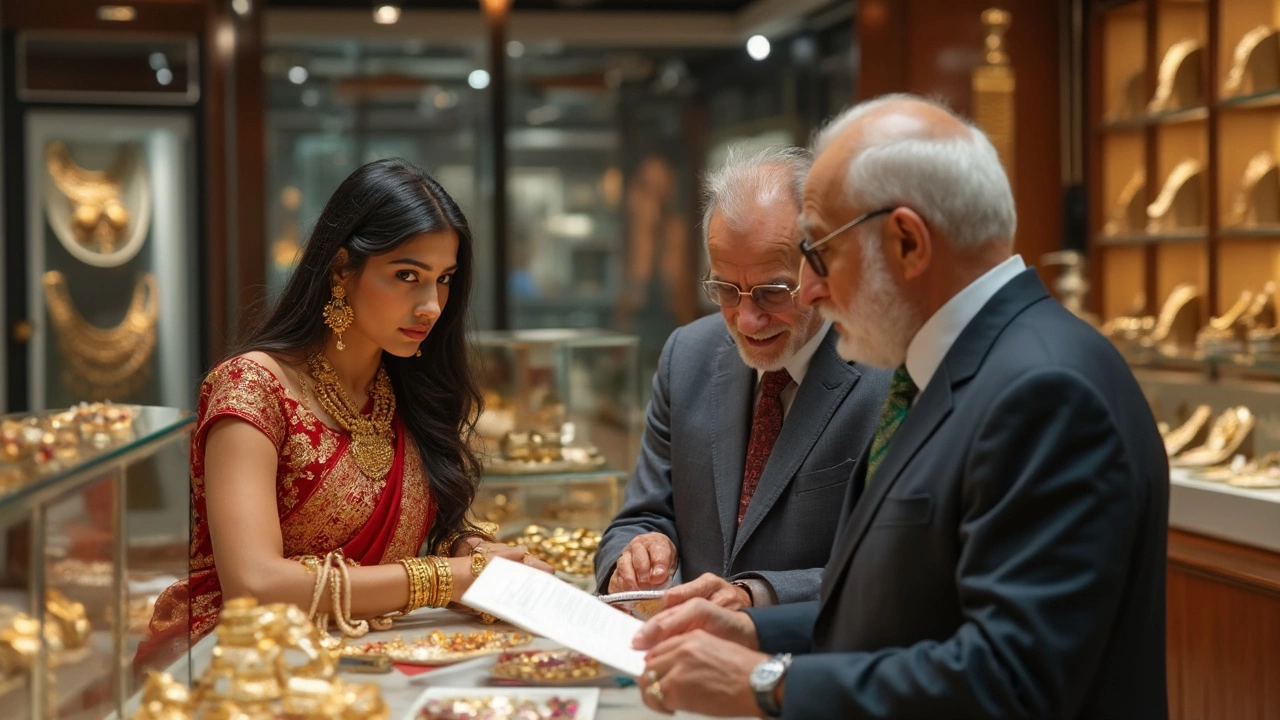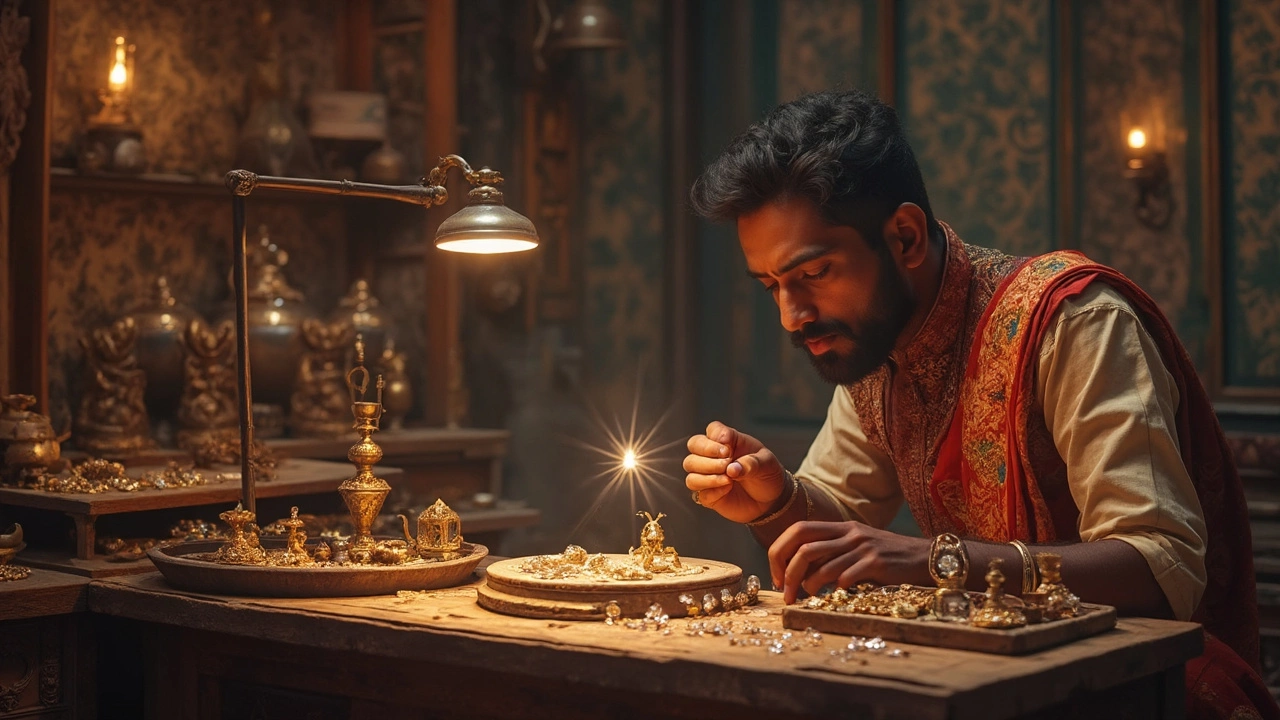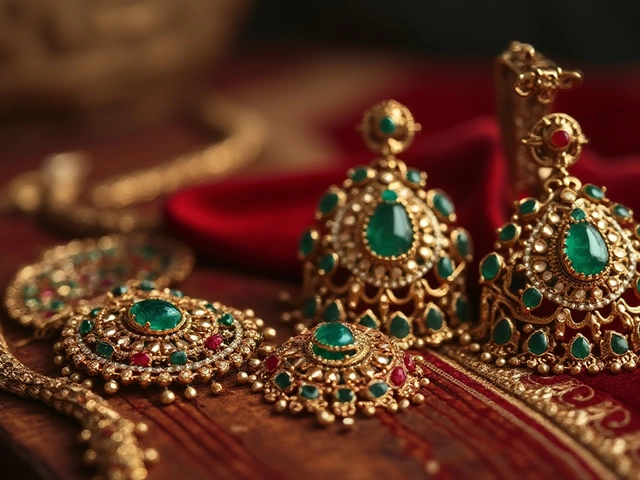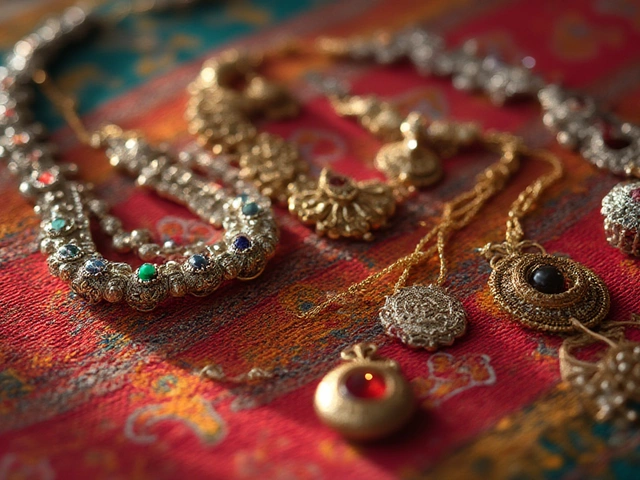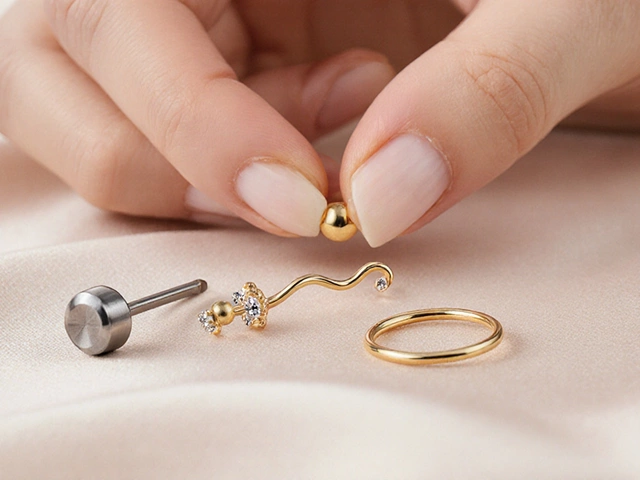Antique Jewellery: How to Identify, Value, and Buy Real Pieces
If you’ve ever wondered why some necklaces, rings, or bangles look like they belong in a museum, you’re not alone. Antique jewellery isn’t just old – it carries history, craftsmanship, and often, a higher price tag. This guide breaks down the basics so you can tell a genuine antique from a modern replica, understand its worth, and shop with confidence.
How Old Does Jewellery Need to Be?
There’s no universal rule that says “50 years = antique,” but the jewellery world usually follows a few guidelines. In India, most experts treat pieces older than 100 years as antique. Anything between 50 and 100 years often falls into a “vintage” category. The key is the era the design reflects – Mughal, Rajput, British colonial, or Art Deco – rather than a strict calendar date.
Look at the hallmarks and stamps. Older Indian pieces might show a British crown, an old BIS hallmark, or a maker’s mark that no longer exists. If you see a stamp like ‘84’ or ‘92,’ it could be a sign of a post‑independence era, which is still valuable but not antique by strict standards.
Another clue is the material. Antique gold often has a richer, deeper hue because it’s not mixed with as much copper or silver as modern alloys. Silver from the 19th century may develop a natural patina that modern pieces lack. When you spot that subtle, time‑worn look, you’re likely dealing with something older.
Tips to Spot Real Antique Pieces
1. Check the craftsmanship. Hand‑crafted details like hand‑engraved motifs, filigree work, or hand‑set stones are hallmarks of older jewellery. Machine‑cut patterns are a red flag for newer production.
2. Look for wear patterns. Genuine antiques show wear where you’d expect it – on the inside of rings, around clasps, or along the back of pendants. Uniform wear or an entirely pristine piece probably isn’t antique.
3. Ask about provenance. Sellers who can tell you where the piece came from – a family heirloom, a reputable auction house, or a known collector – add credibility. Documentation like an old appraisal report helps too.
4. Test the weight. Older gold is often heavier because it uses higher purity metal. If a gold necklace feels unusually light, it might be a modern alloy or even plated.
5. Know the common fakes. Some modern makers mimic antique styles but use cheaper materials. Look for synthetics, glued stones, or mismatched alloys that a skilled eye would catch.
When you’re ready to buy, shop at places that specialize in antique jewellery. Reputable online stores, established antique markets, and trusted jewelers who offer return policies and authenticity certificates are your safest bet.
Pricing can be tricky. Value depends on age, rarity, condition, and demand for the specific style. A well‑preserved Mughal-era gold pendant can fetch a premium, while a mass‑produced Victorian replica may cost far less. Always compare similar items and, if possible, get a second opinion from a certified appraiser.
Finally, think about care. Antique pieces need gentle handling – avoid harsh chemicals, store them separately, and have them cleaned by a professional who knows how to preserve old metals and stones.
Whether you’re adding to a collection or looking for a unique gift, understanding what makes jewellery antique helps you make smarter choices. Keep an eye on the details, ask the right questions, and enjoy the story each piece carries.
Does Kay Jewelers Buy Back Jewelry? Straight Answers You Need
If you’re holding onto old or antique jewelry from Kay Jewelers, here’s what you need to know about their buy-back options. This article breaks down if and how Kay Jewelers might buy back your pieces, what their trade-in policies actually cover, and why antique jewellery owners should read the fine print. Get the facts, learn useful tips, and see what options make the most sense if you’re thinking of selling or trading your jewelry. We’ll even tackle alternative ways to get value from your cherished pieces. Know what to expect before you walk into the store.
Temple Jewellery: What Exactly Does It Mean?
Temple jewellery is a unique style of Indian jewellery originally made for adorning gods and goddesses in temples. Over time, this style has become a favorite among dancers, brides, and anyone who loves traditional Indian looks. The pieces are known for their bold designs, use of gold, and motifs like gods, goddesses, and temple patterns. This article breaks down what makes temple jewellery distinct, its history, where it’s used today, and tips on spotting real pieces. You’ll get a real feel for why this style is more than just decoration—it’s packed with culture and story.
Most Sought After Diamond Cut: What the Antique Jewellery World Loves
Curious about which diamond cut takes the top spot in antique jewellery designs? This article breaks down the reasons behind its popularity and what makes it special. You'll learn about its history, standout features, and tips for choosing the right vintage piece. If you’re eyeing a timeless engagement ring or want to understand old-world jewellery trends, you’ll get plenty of practical insights here. Dive into fascinating facts and get advice on spotting genuine antique cuts.
